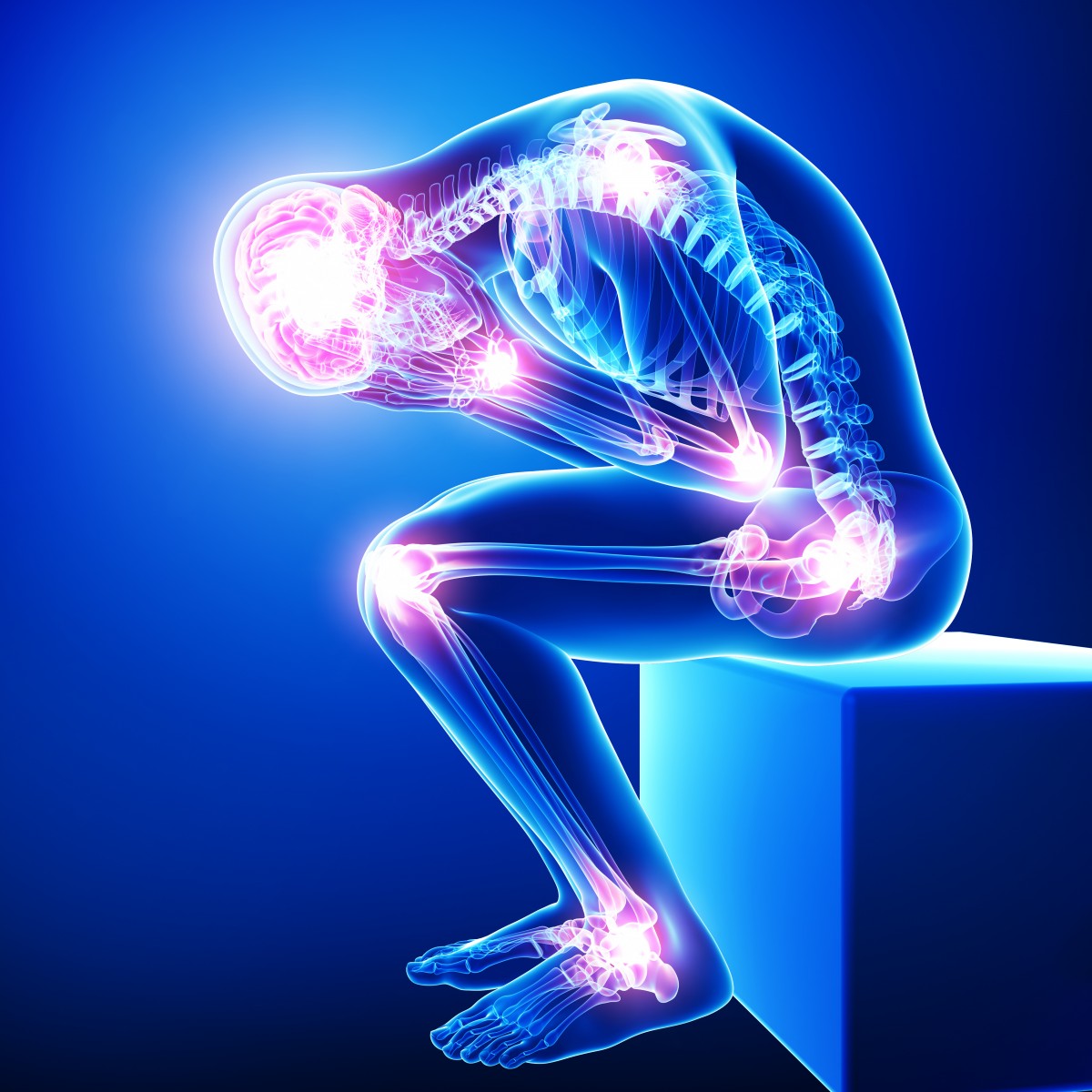by Trudy Parolin, RMT, Reiki Master, Certified Reflexologist
What can be a debilitating condition, fibromyalgia describes the symptoms of generalized muscular aching, multiple tender points, poor sleep and pain. Fibro- (meaning tissue) my (meaning muscle) -algia (meaning pain).
Fibromyalgia is an idiopathic condition (meaning there is no known cause/reason for it), and therefore was not taken seriously until the 1980’s and 90’s when it became accepted in the medical community as an actual, legitimate condition. Much to the relief of many sufferers who finally, had something to describe/call their ailment.
How our body works with FM is this; we have endocrine glands inside our system including the pituitary, thyroid, parathyroid, adrenal and pineal glands. These glands are responsible for releasing hormones. These hormones ultimately target most cells of the body and produce widespread and diverse effects, including but not limited to; maintenance of electrolyte, water and nutrient balance of blood, regulation of cellular metabolism and energy balance, mobilization of body defenses. Sleep disturbances are also common due to a deficiency of serotonin, a hormone which helps with pain regulation, digestive function, and maintaining a healthy sleep cycle.
FM is a systemic disorder the affects an estimated to two to 6 per cent of the adult population, has shown that an estimated 2/3 of those diagnosed with the condition stated they “hurt all over” despite there not being any known reasoning.
The course can be unpredictable; it may be chronic, go into remission or hold periods of flare-ups alternating with periods of remission. All from the release of these hormones.
FM affects points above and below the waist, including the low back, shoulders (the trapezius muscle), neck, back of the head, upper chest, arms, hands, thighs and legs, as well as the front of the chest and the joint of the jaw likely also being affected.
In order to confirm FM from other conditions such as CFS (Chronic fatigue syndrome), myofascial pain syndrome (trigger points), myalgic encephalomyelitis or various forms of arthritis and lupus, there are 18 symmetrical tender points of which 11 must be found on examination to diagnose fibromyalgia. Symptoms can be triggered or aggravated by many factors including overexertion, lack of exercise, stress, anxiety, depression, lack of poor quality of sleep, trauma, extremes of temperature or humidity (especially cold and wet weather) and infectious illness.
Though it is not life-threatening or progressive, it can affect a persons quality of life, though many people are able to continue with working and daily function. Others may become quite debilitated and have difficulty keeping a job or participating in physical activity, and psychological factors are present in some cases, with anxiety scores being significantly higher for those who do not have the condition. These psychological affects are likely related to an increased severity of pain.
Although there is no cure for fibromyalgia, lifestyle management skills can greatly help to manage their condition and work towards the prevention of disuse atrophy (muscle loss), heart disease, depression, anxiety disorders.
Through massage, by reducing the sympathetic firing in the system (think fight or flight), and increasing the parasympathetics (rest, digest, relax) hormones, we work towards reducing anxiety, stress and pain. This in turn, res ults in overall improvement to the client.
ults in overall improvement to the client.
While treatments should not be lengthy sessions, the most beneficial is to have two to three 1/2 hour sessions weekly.
This may not be the most convenient for the client, and if there are no ill effects from the shorter treatments, weekly 1 hour treatments may be considered. To remain consistent with the treatments, relates to a more longer lasting benefit to the client. As each client may respond differently to treatments, individual consideration is given to each case.
After the treatment, some gentle self-care instruction will be provided to you, in order to help you function with more comfort. Usually, after 6 to 8 weeks of continuing with the exercises advised, pain on exercising is usually decreased and improvements may be noticed.
Continual research is being looked at in the way of Cannabis treatments for Fibromyalgia and nerve pain. Which in the study group proved to be very effective in successfully reducing nerve pain.
References
Rachlin, 1994 // Cady, Fox, 1995 // The Arthritis Society, 1998b // Bennet, 1990 // McCain, 1990 // Pillemer, 1994 // Fiona Rattray // Linda Ludwig // Elaine N. Marieb // Katja Höhn // https://www.ncbi.nlm.nih.gov/pubmed/28240585

